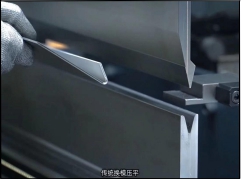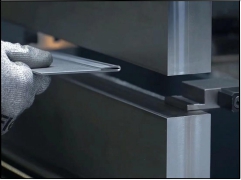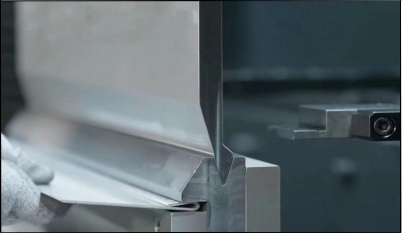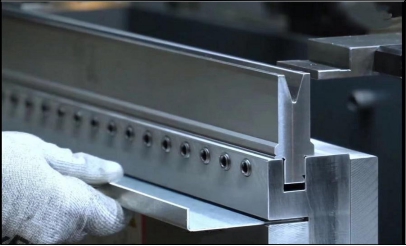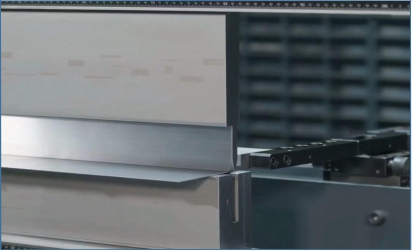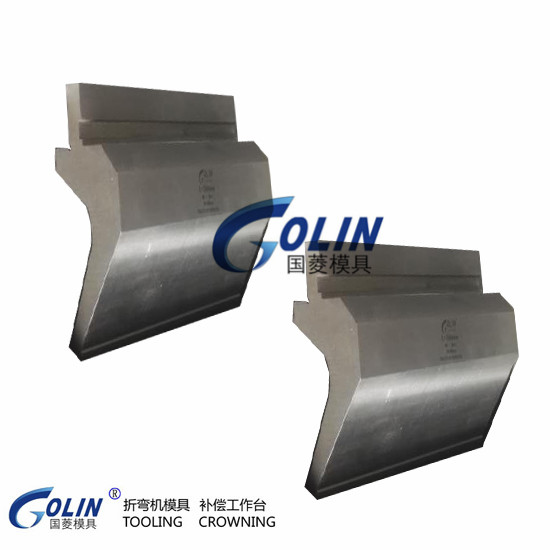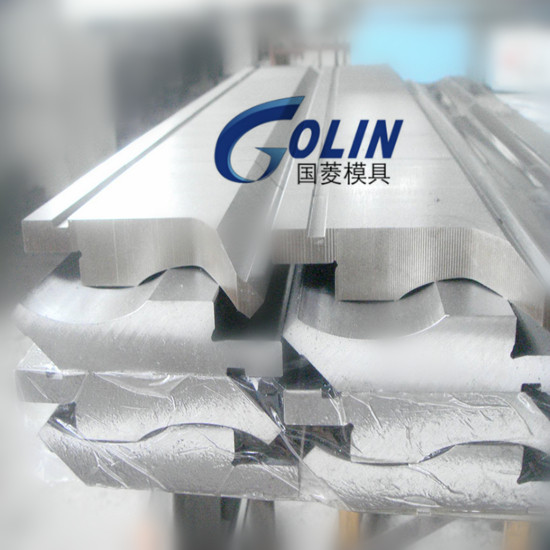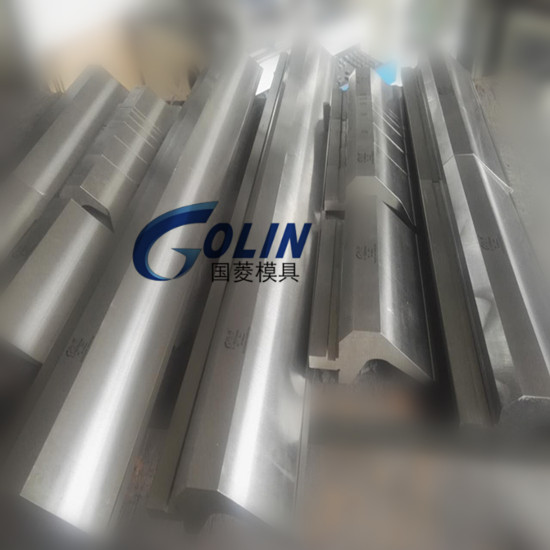In the pet product market, a pet stroller that combines convenience, comfort, and safety can greatly enhance the pet owner's experience. The PC206 Pet Stroller, as a newly developed flagship product, stands out with three core advantages: one-touch gravity folding, removable and washable sleeping basket, and shock-absorbing swivel wheels, making it the ideal choice for medium to large pets.
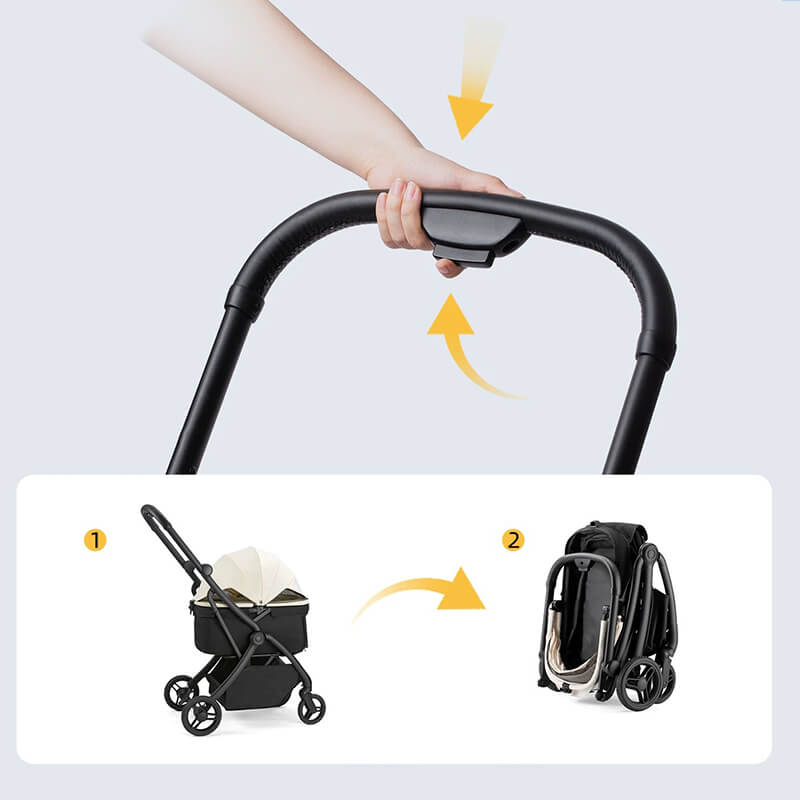
1. One-Touch Gravity Fold + Self-Standing Design for Easy Storage
Traditional pet strollers are cumbersome to fold, but the PC206 features a new triple-fold frame design that allows for one-touch gravity folding with just one hand. When folded, it is compact (450×280×670mm) and can stand on its own for easy storage. The sandblasted aluminum frame is lightweight (net weight 6.5kg) yet supports up to 20kg, making it perfect for medium to large dogs or cats, whether for daily walks or travel.

2. Fully Removable & Washable Fabric + Breathable Sleeping Basket
Cleaning pet strollers is a common pain point, but the PC206 solves this with its removable and washable sleeping basket fabric, cushion, and canopy, made from durable 600D Oxford cloth and drip-proof mesh. The sleeping basket is thoughtfully designed with:
-
A front-entry pet door for easy access;
-
A rear storage pocket for snacks and toys;
-
Ventilation mesh + privacy curtains on both sides for airflow and shade;
-
An adjustable safety leash inside to prevent pets from jumping out.
3. Shock-Absorbing Swivel Wheels + Dual Brake System for Smooth Handling
Bumpy terrain can make strollers unstable, but the PC206 is equipped with 6" front swivel wheels + 7" rear fixed wheels, both with shock-absorbing springs to minimize bumps. The rear wheels feature a one-step dual brake for secure parking on slopes. The rubber tread tires provide excellent grip, while the PU leather handle ensures comfort during long walks, making it ideal for parks, cobblestone paths, and other outdoor settings.
Why Choose the PC206 Pet Stroller?
-
Optimized Space: Unfolded height of 1030mm with a 220mm canopy, allowing pets to sit or lie down comfortably;
-
Upgraded Details: Plastic buckle canopy, chew-resistant mesh for durability;
-
Portable & Practical: Lightweight yet sturdy with aviation-grade aluminum and nylon fabric.
Whether for daily strolls or short trips, the PC206 redefines pet travel with its "smart folding + easy cleaning + smooth handling" trifecta. Try this gravity-fold pet stroller today and give your furry friend a comfortable ride!
...

